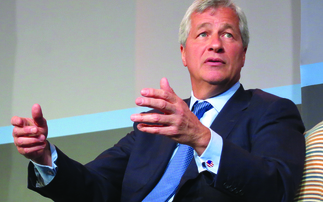Andrew Broadhurst, head of institutional currency management services at the ECU Group and Fatih Yilmaz, partner at SLJ Macro Partners, explain the impact of talk of a slowdown in quantitative easing on currencies.
Over the past four years, the Federal Reserve has arguably succeeded in achieving its objective through its massive quantitative easing stimulus programme of lowering interest rates and thereby bolstering growth. At the same time both bond and equity valuations have been artificially inflated. The US dollar in particular has been in a persistent multi-year bearish state, as the stimulus growth directly increased the supply of dollars in circulation and investors’ risk appetites gradually increased. It is therefore fair to say that the behaviour of the global currency markets and finan...
To continue reading this article...
Join Investment Week for free
- Unlimited access to real-time news, analysis and opinion from the investment industry, including the Sustainable Hub covering fund news from the ESG space
- Get ahead of regulatory and technological changes affecting fund management
- Important and breaking news stories selected by the editors delivered straight to your inbox each day
- Weekly members-only newsletter with exclusive opinion pieces from leading industry experts
- Be the first to hear about our extensive events schedule and awards programmes







